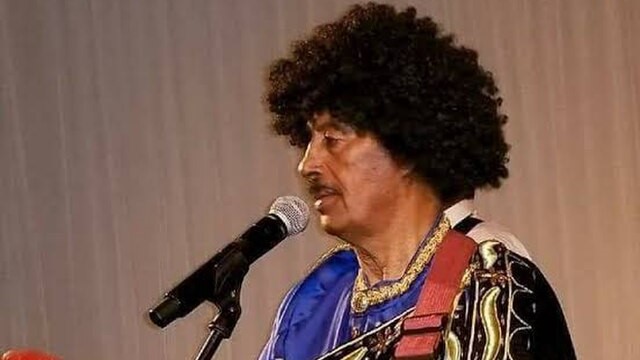In Asmara’s modest galleries and in digital spaces that extend far beyond the Horn of Africa, a new generation of Eritrean artists is reshaping the country’s cultural narrative. Their work, a dialogue between tradition and modernity, carries both the echoes of history and the urgency of contemporary life.
The art emerging in recent years spans painting, sculpture, photography, film, and mixed media, each medium offering its own vocabulary of expression. Bold canvases often burst with color, telling stories of endurance and memory, while carefully constructed installations grapple with questions of displacement, identity, and the complexities of a nation still navigating its post-independence trajectory. In intimate portraits and experimental films, personal histories intertwine with collective struggles, weaving a cultural fabric that resonates at home and abroad.
Much of this creativity is rooted in collaboration. Artists gather in shared studios, organize community workshops, and mount group exhibitions that double as spaces of exchange. These forums foster a sense of solidarity, allowing younger voices to be heard while also engaging with elders who have long carried Eritrea’s artistic traditions. In this intergenerational dialogue, the country’s layered cultural identity finds both preservation and reinvention.
The resurgence is not confined to physical spaces. Social media platforms, increasingly vital in Eritrea’s art world, serve as both gallery and amplifier. Emerging painters, photographers, and performers use digital tools to reach audiences in the diaspora and beyond, forming connections that transcend borders. For many, these networks provide visibility and validation in a global art market that has historically overlooked Eritrea.
What emerges is not a fleeting trend but the contours of a sustained cultural movement. Eritrean artists, often working at the edge of political and social discourse, are reclaiming art as a vehicle for reflection, critique, and change. Their work insists on recognition, not only for its aesthetic merit but also for the conversations it provokes about identity, resilience, and belonging.
This flowering of creativity illustrates the enduring role of art as both witness and catalyst. In Eritrea, the rising generation of artists is breathing life into a cultural scene that feels at once rooted and forward-looking, intimate and expansive. In their work lies a testament to the power of artistic expression to chart new paths while honoring the depth of tradition.
Sources:
- Ruth Iyob, The Eritrean Struggle for Independence, Cambridge University Press, 1997.
- Victoria Bernal, “Diaspora, Digital Media, and Art in Eritrea,” African Studies Review, vol. 61, no. 2, 2018.
- Tekeste Negash, Eritrea: The Cultural Landscape, Nordiska Afrikainstitutet, 2011.
- UNDP Eritrea, “Creative Industries and Youth Empowerment,” policy brief, 2020.

